Phenibut FAA: Mood Effects & Research

Phenibut FAA: Unveiling Mood Research and Its Implications
Phenibut, a derivative of the naturally occurring neurotransmitter GABA (gamma-aminobutyric acid), has garnered increasing attention for its purported anxiolytic, mood-enhancing, and cognitive-boosting effects. While phenibut hydrochloride (HCl) is the most common form, phenibut FAA (Free Amino Acid) presents a distinct formulation, purportedly offering advantages in terms of absorption and bioavailability. Consequently, phenibut FAA has become a subject of significant interest in mood research, with studies exploring its potential therapeutic applications and investigating its effects on neurotransmitter systems.
Understanding Phenibut FAA
Phenibut FAA, unlike phenibut HCl, lacks the hydrochloride salt. This structural difference influences its solubility and absorption characteristics. Phenibut HCl is highly water-soluble and easily dissolves in the acidic environment of the stomach. Conversely, phenibut FAA is less water-soluble but considered more lipophilic, potentially enabling better absorption in the small intestine.
However, it’s vital to acknowledge the limited research directly comparing the pharmacokinetic profiles of phenibut HCl and phenibut FAA. Anecdotal evidence suggests that phenibut FAA might be absorbed more efficiently, leading to faster onset of effects and potentially requiring lower dosages to achieve comparable results. Nevertheless, rigorous scientific validation is needed.
Phenibut’s Mechanism of Action: Relevance to Mood Regulation
Phenibut primarily exerts its effects through two key mechanisms:
GABAergic Activity: As a GABA analogue, phenibut acts as a GABA-mimetic, primarily binding to GABAB receptors. Activation of these receptors leads to an influx of chloride ions into neurons, hyperpolarizing the cell membrane and reducing neuronal excitability. This inhibitory effect contributes to phenibut’s anxiolytic and sedative properties. Furthermore, GABA plays a crucial role in mood regulation, with imbalances in GABAergic signaling implicated in anxiety disorders and depression.

View Product

View Product
Dopaminergic Modulation: While primarily a GABAB receptor agonist, phenibut also modulates dopamine neurotransmission. Some studies suggest that phenibut can stimulate dopamine receptors, particularly at lower doses. Dopamine is a neurotransmitter heavily involved in reward, motivation, and pleasure. This dopaminergic activity may contribute to phenibut’s mood-enhancing effects and its potential for abuse. The effects, therefore, are complex.
The interplay between GABAergic and dopaminergic mechanisms likely underlies the complex effects of phenibut on mood. The degree to which these mechanisms are influenced by the FAA form is not entirely clear.
Phenibut FAA in Mood Research: Exploring the Evidence
Mood research involving phenibut FAA is still in its nascent stages. However, the available literature offers some insights into its potential impact on various mood-related conditions:
Anxiety Disorders: The anxiolytic effects of phenibut have been documented in several studies, albeit mostly using the HCl form. The FAA form, with its potentially enhanced absorption, could offer a more potent anxiolytic effect. Research is needed to confirm this, particularly concerning generalized anxiety disorder (GAD) and social anxiety disorder (SAD). Some studies suggest phenibut’s anxiolytic properties might be comparable to benzodiazepines, however, the risk profile is considerably different.
Depression: Phenibut’s potential to modulate both GABA and dopamine suggests a possible role in treating depression. However, research in this area is limited and inconclusive. While anecdotal reports indicate mood elevation and improved motivation, controlled clinical trials are lacking. Furthermore, the potential for dependence and withdrawal could exacerbate depressive symptoms, making phenibut a potentially risky treatment option for depression.

View Product

View Product
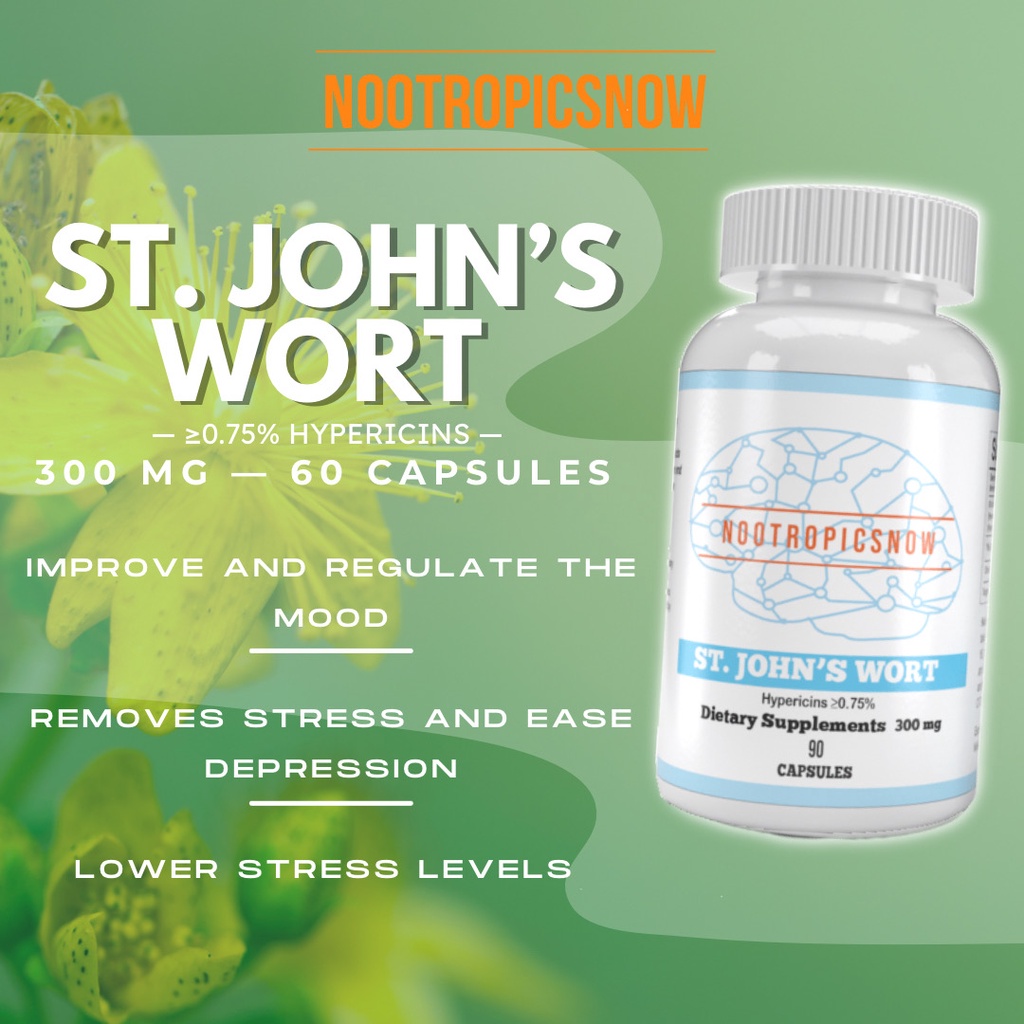
View Product-Memory-Booster-mood-Depression-i.202321183.3488056362)
Insomnia: As an anxiety and sedative, this could potentially indirectly impact mood through improved sleep quality.

View Product
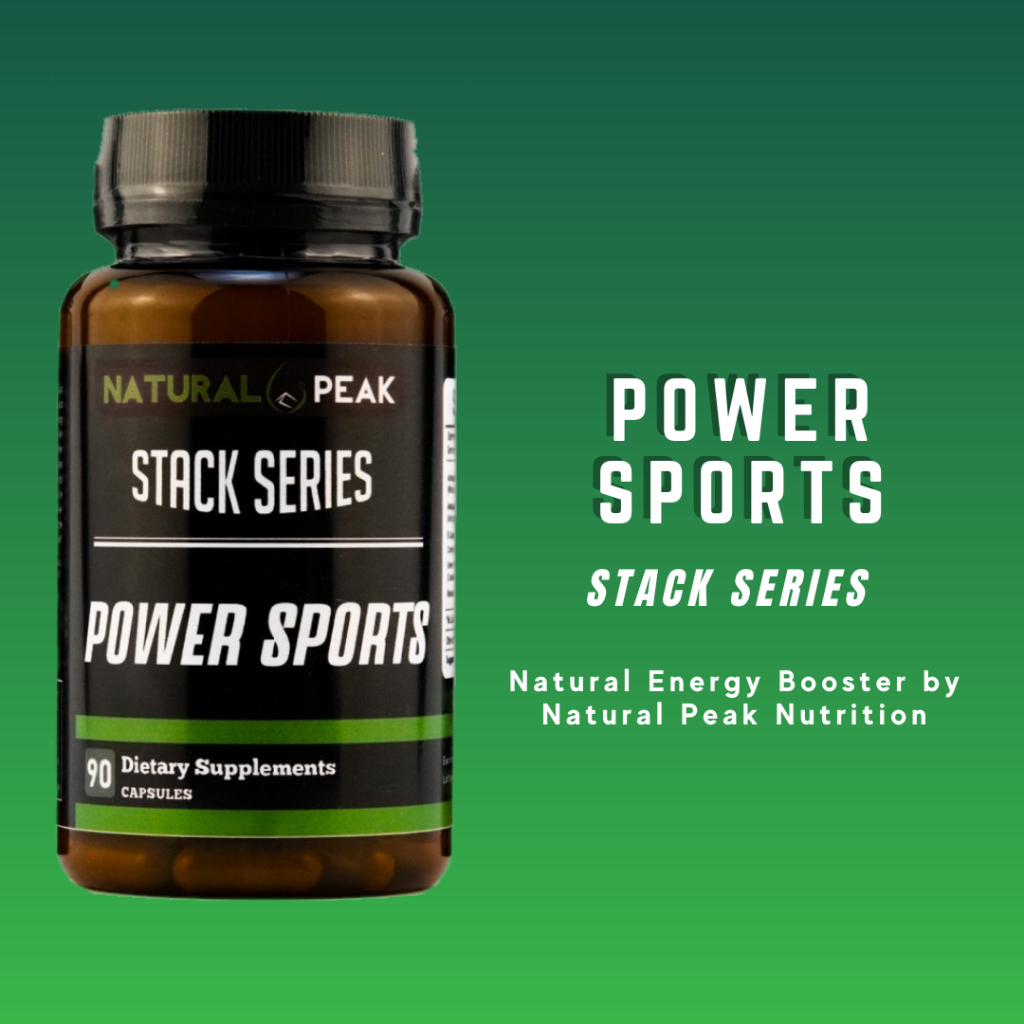
View Product-outdoors-yoga-gym-natural-energizer-mood-i.202321183.10666012546)
Social Functioning: Enhanced well-being might positively impact a range of social parameters. This remains an unconfirmed benefit.
Stress Reduction: The interplay between anxiety and mood suggests that both could be improved through reduction of high stress parameters. The research in this area remains limited.

View Product

View Product
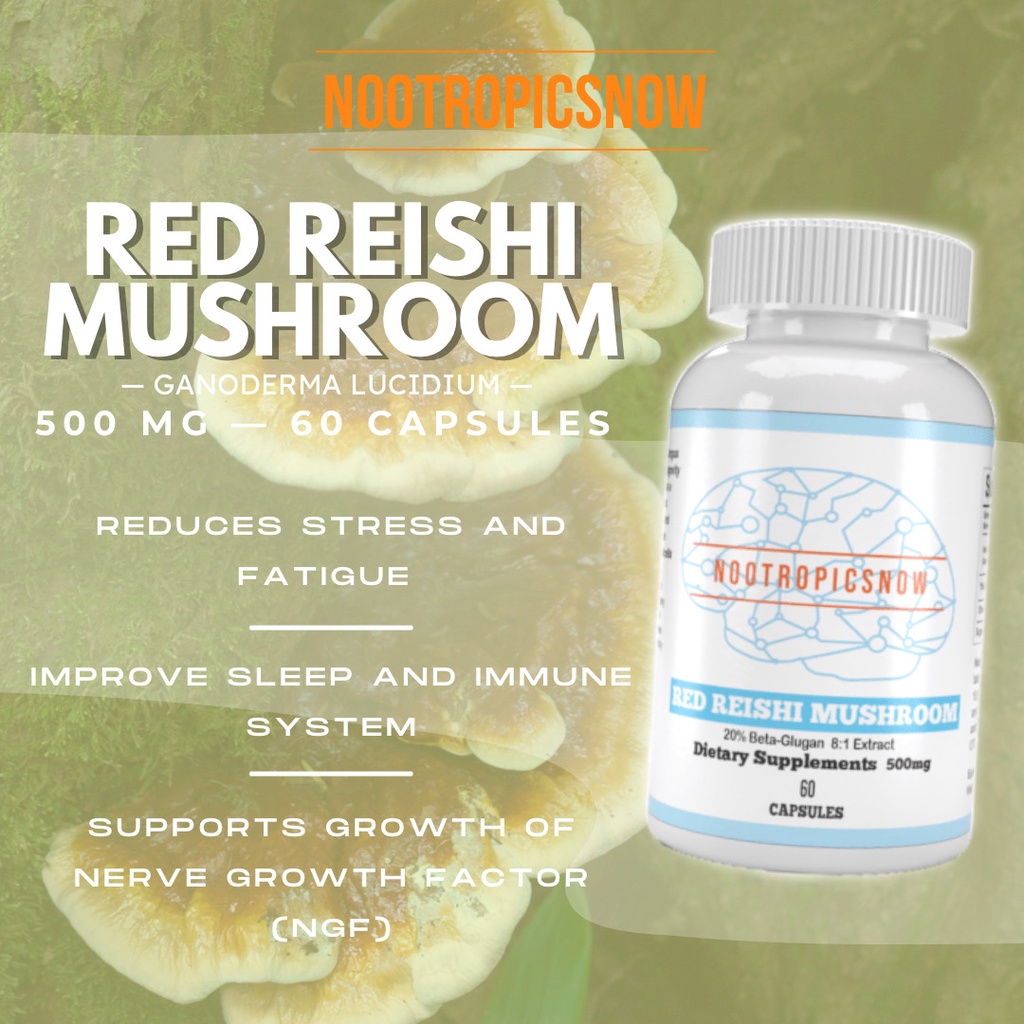
View Product-Brain-Booster-Anxiety-Sleep-Supplement-i.202321183.8209281913)
Potential Benefits and Risks of Phenibut FAA
Given the potential for enhanced absorption, phenibut FAA might offer several theoretical advantages over the HCl form:
Lower Dosage Requirements: If phenibut FAA is indeed absorbed more efficiently, lower doses might be required to achieve the same therapeutic effects, potentially reducing the risk of side effects.
Faster Onset of Action: Enhanced absorption could translate to a quicker onset of effects, making phenibut FAA a potentially more appealing option for acute anxiety or mood fluctuations.
However, these potential benefits must be weighed against the risks associated with phenibut use, which apply to both the HCl and FAA forms:
Tolerance and Dependence: Prolonged or excessive phenibut use can lead to tolerance, requiring higher doses to achieve the same effects. Tolerance can quickly progress to dependence, where the body becomes reliant on phenibut for normal function.
Withdrawal Symptoms: Abrupt cessation of phenibut use after a period of dependence can trigger severe withdrawal symptoms, including anxiety, insomnia, agitation, hallucinations, and even seizures. Withdrawal can last days or weeks and may require medical intervention.
Abuse Potential: Phenibut’s mood-enhancing and anxiolytic effects make it a potentially abusable substance, particularly among individuals with a history of substance abuse.
Side Effects: Common side effects of phenibut include drowsiness, dizziness, nausea, and impaired coordination. Higher doses can lead to more severe side effects, such as respiratory depression and loss of consciousness.
Interaction with other substances: Phenibut’s sedative and anxiolytic properties may be amplified by alcohol.
Navigating the Landscape of Phenibut FAA: Recommendations and Precautions
Due to the limited research and potential risks associated with phenibut FAA, it’s essential to approach its use with caution and informed decision-making:
Consult with a Healthcare Professional: Before considering phenibut FAA, consult with a qualified healthcare professional, especially if you have a history of anxiety, depression, substance abuse, or other medical conditions. They can assess your individual risk factors and advise you on whether phenibut FAA is appropriate for you.
Start with a Low Dose: If your healthcare professional approves phenibut FAA use, begin with a very low dose to assess your sensitivity. The optimal dosage can vary significantly between individuals.
Use Infrequently: To minimize the risk of tolerance and dependence, limit phenibut FAA use to infrequent occasions only. Avoid daily or near-daily use.
Avoid Combining with Other Substances: Do not combine phenibut FAA with alcohol, benzodiazepines, opioids, or other sedatives, as this can increase the risk of adverse effects and potentially lead to life-threatening respiratory depression.
Be Aware of Withdrawal Symptoms: If you have been using phenibut FAA regularly, do not abruptly stop taking it. Gradually taper your dosage under the supervision of a healthcare professional to minimize withdrawal symptoms.
Purchase from Reputable Sources: Ensure you purchase phenibut FAA from a reputable source that provides third-party testing to verify the product’s purity and potency. This helps ensure you are getting what you pay for and reduces the risk of contamination.
Future Directions in Phenibut FAA Mood Research
Future research is crucial to further elucidate the potential benefits and risks of phenibut FAA in mood regulation. Specific areas of investigation should include:
Pharmacokinetic Studies: Comparative studies comparing the pharmacokinetic profiles of phenibut HCl and phenibut FAA are needed to determine if the FAA form indeed offers enhanced absorption and bioavailability.
Clinical Trials: Well-designed, placebo-controlled clinical trials are needed to assess the efficacy of phenibut FAA in treating anxiety disorders, depression, and other mood-related conditions.
Mechanism of Action Studies: Further research is needed to clarify the precise mechanisms by which phenibut FAA modulates GABAergic and dopaminergic neurotransmission, and how these mechanisms contribute to its effects on mood.
Long-Term Safety Studies: Longitudinal studies are needed to assess the long-term safety of phenibut FAA use, including the risk of tolerance, dependence, withdrawal, and other adverse effects.
The Role of Transparency and Regulation
The current lack of regulation surrounding phenibut FAA poses a significant challenge for both consumers and researchers. Clear regulatory guidelines are needed to ensure product quality, purity, and accurate labeling. Greater transparency regarding phenibut FAA’s potential benefits and risks is also essential to enable informed decision-making.
Natural Alternatives
Many natural remedies exist that have been shown to treat mood disorders. These options are safe, and do not have the risky side effects of Phenibut FAA. Options can include supplements such as St. John’s Wort, and other alternative medicine options.

View Product

View Product
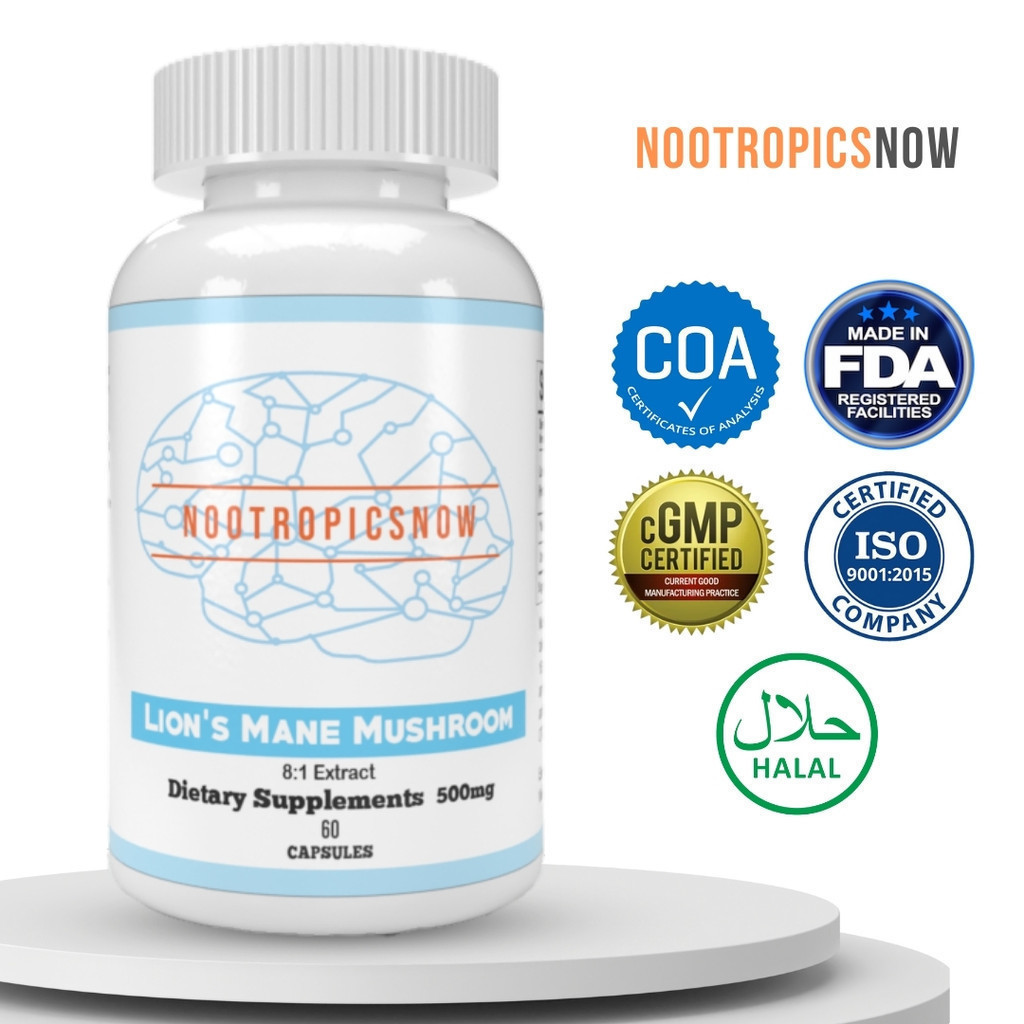
View Product
Conclusion
Phenibut FAA presents a compelling yet complex subject within the realm of mood research. While it holds promise as a potential anxiolytic and mood enhancer, it’s essential to recognize the associated risks, including tolerance, dependence, withdrawal, and abuse. Until further research clarifies its efficacy and safety profile, a cautious and informed approach is paramount. Always consult with a healthcare professional before considering phenibut FAA, and prioritize responsible use to minimize potential harm. The path forward requires rigorous scientific investigation, transparent regulation, and a commitment to patient safety.
Phenibut FAA: A Deep Dive into Mood Research
Phenibut, a derivative of the naturally occurring neurotransmitter GABA (gamma-aminobutyric acid), has garnered increasing attention within nootropic circles and, increasingly, in mood research settings. While phenibut’s efficacy as an anxiolytic is well-documented anecdotally, rigorous scientific investigation into its specific effects on mood regulation, particularly using the free amino acid (FAA) form, is still ongoing. Understanding the nuances of phenibut FAA – its distinct properties, potential benefits, and inherent risks – is critical for anyone considering its use for mood enhancement or anxiety relief.
Decoding Phenibut FAA: What Sets It Apart
Phenibut exists in several forms, with the hydrochloride (HCl) salt being the most prevalent. However, the FAA form offers a potentially advantageous profile due to its purportedly better bioavailability and gentler impact on stomach acidity. Let’s break down what this means:
Better Bioavailability: Bioavailability refers to the extent and rate at which a substance is absorbed into the bloodstream and becomes available at its site of action. The FAA form, being a neutral molecule, theoretically absorbs more efficiently across cell membranes compared to the charged HCl salt. This could potentially lead to lower effective dosages and reduced gastrointestinal discomfort. However, direct comparative bioavailability studies are lacking and represent a key area for future research.
Reduced Stomach Acidity Issues: Phenibut HCl is acidic and can cause stomach upset, nausea, or heartburn in some individuals, especially when taken on an empty stomach. The FAA form, being less acidic, is proposed to be gentler on the digestive system. This makes it a potentially more comfortable option for individuals with sensitive stomachs or pre-existing gastrointestinal conditions.
Potency Variations: Due to differences in molecular weight and salt form, phenibut FAA is less potent by weight compared to phenibut HCl. Therefore, users need to adjust their dosage accordingly, typically requiring a higher dose of FAA to achieve the same effects as HCl. This necessitates careful dose calculation and responsible experimentation.
Limited Research on FAA Specifically: While much of the available research on phenibut pertains to the HCl form, there’s a relative scarcity of studies focusing explicitly on phenibut FAA. This is a crucial gap in the scientific literature that underscores the need for further investigation into the FAA form’s unique pharmacological properties and clinical efficacy.
For those interested in exploring Phenibut HCL, here’s a potential option:
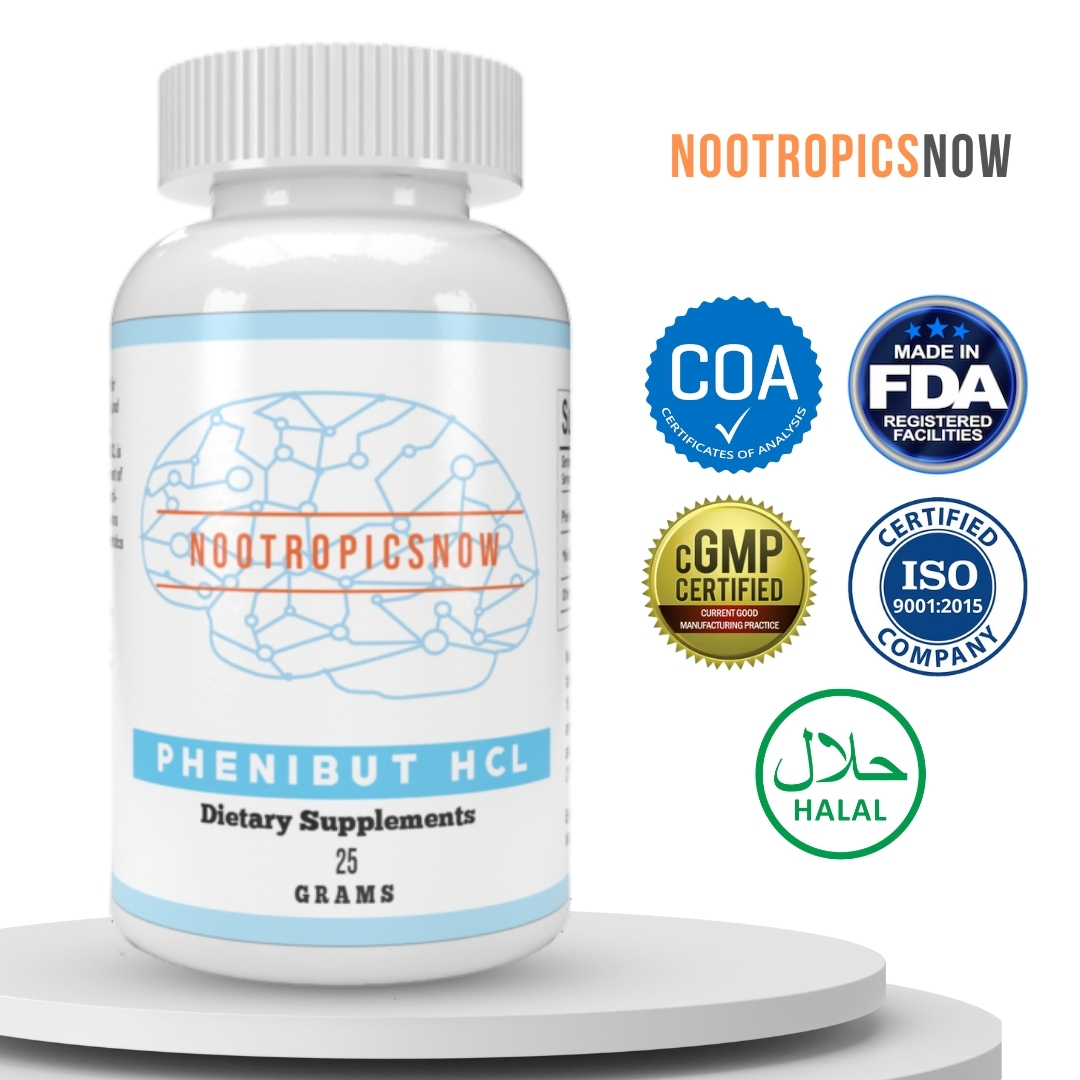
View Product
| Feature |
Phenibut HCl |
Phenibut FAA |
| —————- |
———————– |
———————— |
| Chemical Form |
Hydrochloride salt |
Free Amino Acid |
| Acidity |
Acidic |
Neutral |
| Bioavailability |
Potentially Lower |
Potentially Higher |
| Potency |
Higher (per weight) |
Lower (per weight) |
| GI Discomfort |
More Likely |
Less Likely |
| Research Focus |
More Studies Available |
Limited Studies Available |
Phenibut’s Mood-Altering Mechanisms: Unpacking the Science
Phenibut’s influence on mood stems from its complex interaction with several key neurotransmitter systems in the brain. Understanding these mechanisms is crucial for comprehending both its therapeutic potential and its associated risks:
GABAergic Activity: Phenibut’s primary mechanism of action involves binding to GABA receptors, particularly the GABAB subtype. GABA is the brain’s primary inhibitory neurotransmitter, responsible for reducing neuronal excitability and promoting relaxation. By enhancing GABAergic activity, phenibut can produce anxiolytic, sedative, and muscle relaxant effects, contributing to a sense of calm and well-being.
Dopaminergic Modulation: While primarily a GABA agonist, phenibut also influences dopamine neurotransmission. Studies suggest that it can stimulate dopamine receptors, especially at lower doses. Dopamine is a crucial neurotransmitter involved in reward, motivation, and pleasure. This dopaminergic modulation may contribute to phenibut’s mood-elevating effects and euphoric potential.
Phenethylamine Analogue: Phenibut’s structural similarity to phenethylamine suggests it may also weakly bind to phenethylamine receptors. This interaction could potentially contribute to its stimulant-like effects and influence on mood, although this area requires further research.
Calcium Channel Inhibition: Some studies suggest that phenibut may also inhibit calcium channels. By reducing calcium influx into neurons, phenibut may further reduce neuronal excitability and contribute to its calming effects.
Complex Interplay: It’s important to note that these mechanisms likely interact in a complex and synergistic manner. The relative contribution of each mechanism to phenibut’s overall effects on mood can vary depending on dosage, individual physiology, and other factors.
Phenibut FAA and Mood Regulation: Exploring the Research Landscape
While anecdotal reports abound regarding phenibut’s mood-boosting and anxiety-reducing effects, the scientific evidence base is still relatively limited, particularly concerning phenibut FAA. Let’s examine the current state of research:
Anxiolytic Effects: The strongest evidence for phenibut lies in its anxiolytic properties. Several studies, primarily conducted in Russia, have demonstrated its effectiveness in reducing anxiety and tension in patients with various anxiety disorders. However, these studies often lack the methodological rigor of modern clinical trials.
Depression and Mood Enhancement: Evidence for phenibut’s efficacy in treating depression is less robust. While some individuals report mood elevation and reduced depressive symptoms, controlled clinical trials are needed to confirm these effects and determine optimal dosage regimens. Moreover, the potential for rebound anxiety and depression during withdrawal raises concerns about its long-term use as an antidepressant.
Social Anxiety: Some individuals use phenibut to alleviate social anxiety, reporting increased confidence and sociability. However, this application is largely based on anecdotal evidence. Clinical trials specifically investigating phenibut’s effectiveness in treating social anxiety disorder are needed to validate these claims.
Sleep Quality: Phenibut’s sedative properties can improve sleep quality in some individuals, particularly those with anxiety-related insomnia. However, tolerance to this effect can develop rapidly, and prolonged use can disrupt normal sleep architecture.
FAA Specific Studies: As previously mentioned, dedicated research focusing specifically on phenibut FAA is scarce. Most studies involve phenibut HCl. Therefore, it is difficult to ascertain whether the FAA form offers distinct advantages or disadvantages compared to HCl in terms of mood regulation.
Navigating the Risks: Dependence, Withdrawal, and Responsible Use
While phenibut may offer potential benefits for mood and anxiety, its use carries significant risks that must be carefully considered. These risks are amplified by its relatively unregulated status and widespread availability online:
Tolerance and Dependence: Tolerance to phenibut’s effects can develop rapidly, often within a few days of regular use. This necessitates escalating dosages to achieve the same desired effects, increasing the risk of dependence. Dependence occurs when the body adapts to the presence of phenibut, and withdrawal symptoms emerge upon cessation.
Withdrawal Syndrome: Phenibut withdrawal can be severe and even life-threatening, characterized by anxiety, insomnia, agitation, tremors, hallucinations, and seizures. The severity and duration of withdrawal depend on the dosage, duration of use, and individual factors.
Overdose Potential: Phenibut overdose can result in respiratory depression, loss of consciousness, and coma. Combining phenibut with other CNS depressants, such as alcohol or benzodiazepines, significantly increases the risk of overdose.
Cognitive Impairment: While some users report improved cognitive function at lower doses, higher doses of phenibut can impair cognitive performance, including memory, attention, and reaction time.
Legal Status and Quality Control: Phenibut’s unregulated status raises concerns about product quality and purity. Contamination with other substances or inaccurate labeling can pose significant health risks.
Responsible Use Guidelines:
Consult a Healthcare Professional: Before considering phenibut, consult with a qualified healthcare professional, especially if you have pre-existing medical conditions or are taking other medications.
Start Low, Go Slow: Begin with a low dose and gradually increase it as needed, carefully monitoring your response.
Limit Frequency of Use: Use phenibut sparingly, ideally no more than once or twice per week, to minimize the risk of tolerance and dependence.
Avoid Combining with Other CNS Depressants: Never combine phenibut with alcohol, benzodiazepines, opioids, or other CNS depressants, as this can significantly increase the risk of adverse effects.
Be Aware of Withdrawal Symptoms: If you have been using phenibut regularly, do not abruptly discontinue use. Taper your dosage gradually under the supervision of a healthcare professional to minimize withdrawal symptoms.
Purchase from Reputable Sources: Only purchase phenibut from reputable vendors who provide third-party testing for purity and potency.
Document Your Experience: Keep a detailed log of your dosage, effects, and any side effects you experience.
The Future of Phenibut Research: Addressing the Knowledge Gaps
To fully understand phenibut’s potential role in mood regulation, future research must address several key knowledge gaps:
Comparative Studies of FAA vs. HCl: Rigorous clinical trials are needed to compare the efficacy, safety, and bioavailability of phenibut FAA and phenibut HCl in treating anxiety, depression, and other mood disorders.
Long-Term Effects: Longitudinal studies are needed to assess the long-term effects of phenibut use on mood, cognition, and overall health.
Mechanism of Action Elucidation: Further research is needed to fully elucidate the precise mechanisms by which phenibut affects neurotransmitter systems and brain function.
Optimal Dosage Regimens: Clinical trials are needed to determine optimal dosage regimens for various indications, taking into account individual variability and potential for tolerance development.
Withdrawal Management Strategies: Research is needed to develop effective strategies for managing phenibut withdrawal, including pharmacological and non-pharmacological interventions.
2024 Update
As of 2024, the research landscape surrounding phenibut FAA and mood regulation remains largely unchanged. There haven’t been significant breakthroughs or large-scale clinical trials focusing specifically on phenibut FAA. Anecdotal reports and online discussions still constitute the primary source of information regarding the FAA form, highlighting the continued need for robust scientific investigation. Regulatory oversight also remains limited, underscoring the importance of caution and responsible use.
Conclusion
Phenibut FAA holds potential as a mood-altering substance, primarily due to its anxiolytic properties. However, its use should be approached with extreme caution due to the significant risks of tolerance, dependence, and withdrawal. Robust scientific evidence supporting its efficacy for depression or other mood disorders is currently lacking. Until more research is conducted, responsible use guidelines, including consulting a healthcare professional, limiting frequency of use, and avoiding combinations with other CNS depressants, are crucial for mitigating the potential harms associated with phenibut FAA. Further research is essential to fully understand its mechanisms of action, optimize dosage regimens, and develop effective strategies for managing withdrawal.











